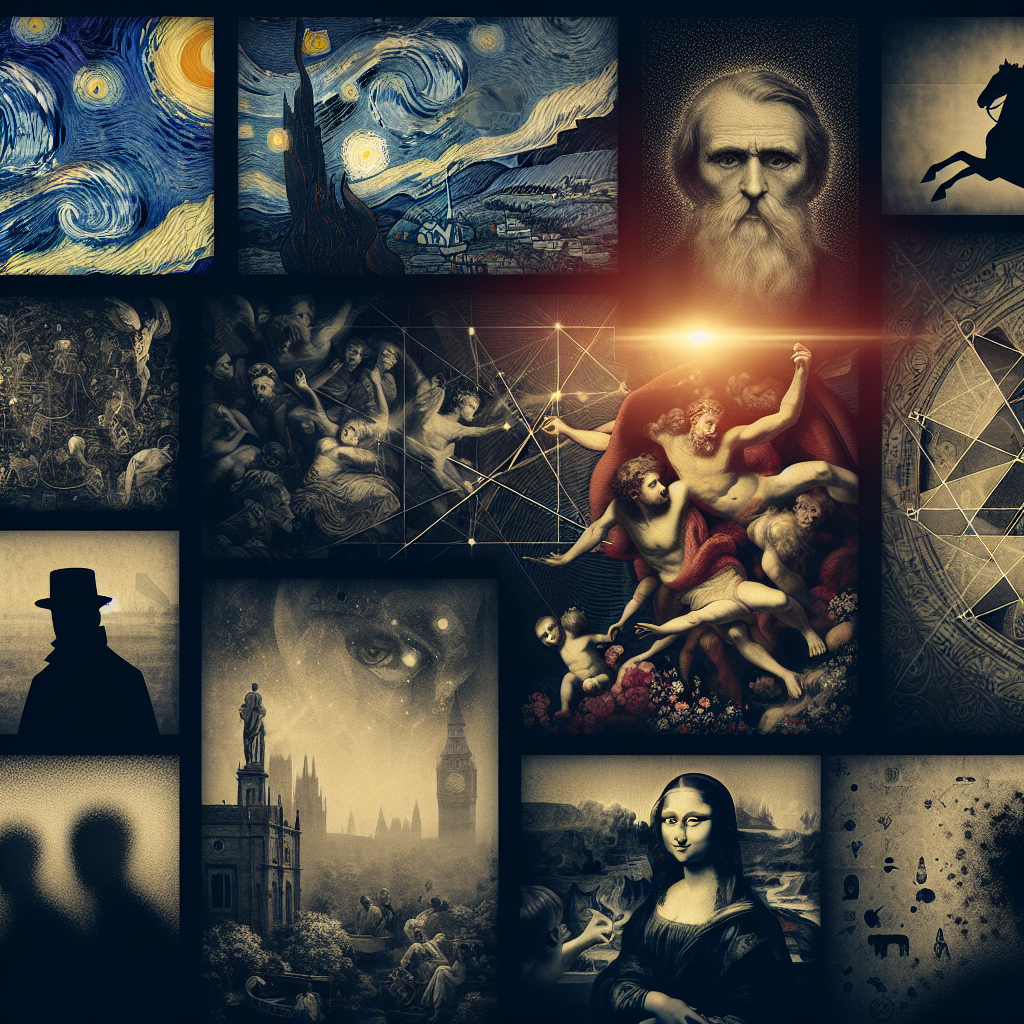The Mysterious Smile of The Mona Lisa
Since its creation in the early 16th century, the Mona Lisa has been a subject of intense speculation. Of particular interest is her smile, which continues to bewilder viewers. Some assert that it changes when observed from different angles. Meanwhile, there are those who insist that her smile flickers to a grimace because of the human eye’s peripheric vision, giving her an eerie, almost supernatural aura.
Besides, some conspiracy theorists profess that the Mona Lisa is an autobiographical work of Leonardo da Vinci. According to them, Leonardo used himself as a model and then subtly altered the features to make them more feminine. As they put it, the painting is a means for him to express a hidden side of his personality. The smile is thus an insinuation of his secret.
The Unsettling Stare in The Scream
Created by Edvard Munch, The Scream showcases a grotesque figure with an agonized expression against a tumultuous, blood-red sky. Conspiracy theorists speculate that Munch portrayed a real, apocalyptic event. The blood-red sky is often linked to the 1883 eruption of the Krakatoa Volcano, which caused vivid red sunsets worldwide. Some argue that the agonized figure is reacting to this spectacle, thereby reflecting Munch’s fear of nature.
Another theory suggests that the figure in the painting is not screaming but actually hears a scream. Munch himself said, “I sensed an infinite scream passing through the universe.” These words have led some to believe that the painting represents Munch’s response to a perceived cosmic distress signal.
The Enigmatic Detail in The Last Supper
The Last Supper by Leonardo da Vinci contains an unusual feature that has sparked a plethora of conspiracy theories. Specifically, to the right of Jesus, a figure appears who doesn’t appear recognizably male. This has led to speculation that this figure is Mary Magdalene, and there’s a hidden message in the painting.
This theory gained popularity with the publication of Dan Brown’s The Da Vinci Code, which purports that Jesus and Mary Magdalene were married and had a child. The book claims that Leonardo was a part of the Priory of Sion, a secret society that supposedly knows and protects this truth. While this idea has been debunked widely, it continues to fascinate conspiracy theory enthusiasts.
Van Gogh’s Starry Night and Turbulent Physics
With its captivating swirls and dramatic colors, Vincent van Gogh’s Starry Night is one of his most famous works. However, some conspiracy theorists suggest it might be more than just a reflection of Van Gogh’s troubled mind. It is alleged that the mesmerizing turbulence in the painting has striking similarities with turbulent fluid structures in nature.
Physicist J.R. Percy and his students compared the luminance in Starry Night’s swirls with that in light from stars to test the theory. They discovered statistical similarities between the two, indicating that although Van Gogh created Starry Night while in an asylum, he may have instinctively depicted turbulence—an advanced scientific concept, not figured out by physicists till the 20th century.
The Disappearing Velvet in Mr. and Mrs. Andrews
Thomas Gainsborough’s Mr. and Mrs. Andrews features an unfinished section on Mrs. Andrew’s lap, presumably intended for a work of needlepoint. However, conspiracy theorists suggest another reason. They propose that the missing piece was initially painted over with a madder-root-based pigment known for its unstable properties, which caused the depicted textile to vanish over time. Others propose that Gainsborough intentionally left this unfinished as an emblem of the couple’s incomplete union.
Each of these famous artworks carries not only artistic value but also invites curiosity and speculation. While some theories may seem outlandish, they add a layer of mystique to these marveled creations. In the end, the allure of these artworks may indeed lie in their unresolved mysteries.
